When choosing floating shelves, one of the first questions homeowners ask is, "What is the best thickness for floating shelves?" Selecting the right thickness can significantly impact your shelf's functionality, appearance, and durability. A shelf that's too thin might not hold enough weight or could appear disproportionate, while an overly thick shelf may feel cumbersome and visually unbalanced. In this guide, we’ll dive deep into how thickness affects floating shelf design, discuss factors influencing your choice, and address related questions like "What material is best for floating shelves?", "What wood is best for a floating shelf?", and how to select the best wood for floating shelves. Finally, we'll highlight why choosing SpryInterior for your shelving needs can make all the difference.
Build Floating Corner Shelf | Live Edge Floating Shelves Easy Making | 2025 Shelves You Should Have
Understanding Shelf Thickness: Functionality and Aesthetics
Floating shelves are loved for their minimalist design, appearing to "float" effortlessly on your wall. However, achieving that perfect look requires choosing the right thickness, balancing practicality and visual appeal.
How Shelf Thickness Impacts Weight Capacity
One critical reason shelf thickness matters is because it directly affects how much weight the shelf can safely hold. Typically, floating shelves range from 1 to 3 inches in thickness, depending on their intended use. For lightweight items, such as picture frames, small decorative accents, or lightweight kitchen utensils, shelves around 1 inch thick are sufficient. However, if you plan to display heavier items like books, dishes, or decorative pottery, opting for shelves at least 1.5 to 2 inches thick will provide better stability and reduce sagging over time. For extra-heavy loads, shelves up to 3 inches thick are advisable.

Shelf Thickness and Visual Balance
Apart from practical considerations, thickness influences the visual appeal of your shelves. A shelf that’s too thin in a large room may seem disproportionately delicate, disrupting the visual harmony. Conversely, excessively thick shelves in smaller rooms can dominate the space, making it feel crowded or overwhelmed. Ideally, choose a shelf thickness that harmonizes with the overall interior design. Modern and minimalist interiors typically benefit from slimmer profiles (around 1–1.5 inches), while rustic, farmhouse, or traditional interiors might favor thicker, more robust shelves (1.5–3 inches) for added visual weight and character.

Room Proportions and Shelf Thickness
The size and proportion of your room play a significant role in selecting the appropriate shelf thickness. In spacious rooms with high ceilings, thicker shelves (around 2–3 inches) can create a balanced, visually appealing look. Conversely, smaller rooms with lower ceilings are usually best complemented by thinner shelves, typically 1–1.5 inches thick, providing functionality without overcrowding the space.

Choosing Thickness Based on Shelf Materials
When selecting shelf thickness, considering the materials used is essential. Different materials respond differently to weight, sagging, and appearance. Knowing "What material is best for floating shelves?" can guide your thickness decision.
Hardwood Shelves: Strength and Stability
Hardwood shelves, such as oak, walnut, and maple, are widely regarded as the best wood for floating shelves due to their durability and strength. Hardwoods can support heavier weights even at thinner dimensions, making them versatile. For most home applications, hardwood floating shelves between 1.25 and 2 inches thick provide excellent durability, strength, and visual balance. If the shelves will hold heavier items regularly, such as books, opting for thicker hardwood shelves (approximately 2 inches or more) is advisable to ensure minimal sagging and long-term reliability.

Softwood Shelves: Balancing Affordability and Thickness
Softwoods, like pine or cedar, are lighter and more affordable but typically require additional thickness to achieve similar weight-bearing capacity. If you're using softwood shelves for decorative or lightweight applications, a thickness of around 1.5 inches is usually sufficient. However, for heavier or frequent use, softwood shelves may require thicknesses approaching 2–3 inches to maintain structural integrity and minimize warping or sagging over time.
Engineered Wood Shelves: Practicality and Thickness Considerations
Engineered materials, including MDF, plywood, and particle board, present unique thickness considerations. MDF, while affordable and smooth, is prone to sagging under heavy loads unless adequately supported or thicker in profile. Plywood offers greater structural strength and can handle moderate loads effectively with a thickness of around 1.5–2 inches. Particle board shelves typically require a thicker design (around 2 inches or greater) to maintain structural integrity and are generally recommended only for lighter items due to limited durability.
Factors to Consider When Determining Shelf Thickness
Selecting the best shelf thickness depends on various practical and aesthetic factors unique to your home and personal needs.
Intended Use of the Shelves
Clearly identifying the intended purpose of your shelves significantly helps determine thickness. Decorative floating shelves meant for displaying lightweight items like picture frames, candles, or small potted plants require thinner shelves (around 1–1.5 inches). On the other hand, shelves intended to store books, kitchen utensils, heavy ceramics, or technology devices benefit from thicker profiles (1.5–3 inches) to safely and consistently bear heavier loads without bowing or sagging.

Interior Design Style Preferences
Your home’s aesthetic significantly influences the ideal shelf thickness. Contemporary or minimalist interiors frequently favor thinner floating shelves (approximately 1 inch thick) for their sleek, streamlined look. However, rustic, industrial, or farmhouse-style interiors often benefit visually from more substantial shelf profiles (around 2–3 inches), which complement robust furniture, natural textures, and heavier decorative elements.

Installation and Mounting Methods
Floating shelf installation methods also impact shelf thickness choices. Thicker shelves allow more substantial internal hardware or brackets, which increases weight capacity and stability. If you require a robust shelf capable of holding heavy loads without visible supports, thicker shelves are typically necessary to hide the robust internal mounting brackets. Conversely, thinner shelves (around 1 inch) require minimal internal hardware and are ideal for lightweight decorative purposes.

Why Choosing SpryInterior Is the Best Option for Floating Shelves
When selecting floating shelves, partnering with SpryInterior ensures that thickness decisions, materials, and installation methods seamlessly match your home's practical and aesthetic requirements.
Customizable Thickness and Material Choices
SpryInterior offers customized shelving solutions, guiding you through determining precisely the right thickness for your needs. Whether you’re considering hardwood, softwood, or engineered materials, SpryInterior professionals provide expert advice on the ideal thickness for durability, appearance, and structural integrity, considering your specific room and usage scenarios.

Expert Craftsmanship and Quality Assurance
SpryInterior’s shelves are crafted from carefully selected materials, ensuring optimal performance and aesthetics. Their skilled craftsmen understand precisely "What wood is best for a floating shelf?" and expertly handle premium hardwoods like oak, walnut, and maple, ensuring robust durability and visual excellence. Every SpryInterior shelf combines high-quality construction, stability, and elegant finishing for a refined look that enhances your home’s interior.

Professional Installation and Reliable Support
Proper installation is essential to achieving the optimal balance of functionality and aesthetics. SpryInterior’s expert installation team ensures shelves are securely mounted, providing stability and confidence in their longevity. Their comprehensive customer support means you'll have peace of mind knowing your shelves are both beautiful and dependable.
Conclusion
Determining "What is the best thickness for floating shelves?" requires balancing several considerations: intended use, shelf materials, interior design style, and proper installation methods. While hardwood shelves around 1.25–2 inches thick often provide the ideal balance of visual appeal, strength, and durability, material choices significantly influence ideal thickness. With SpryInterior’s customized approach, you’ll effortlessly select shelves perfectly tailored to your home. Ultimately, by choosing SpryInterior's Floating Shelf, you'll receive shelves precisely matched in thickness, material, and craftsmanship, enriching your interior spaces for years to come.


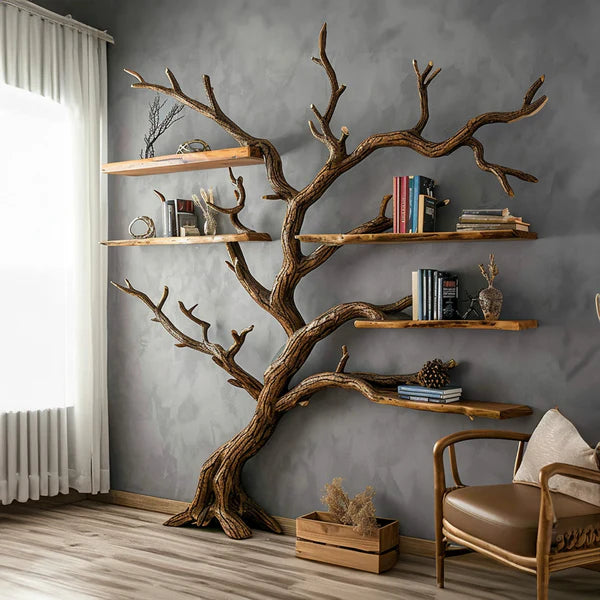
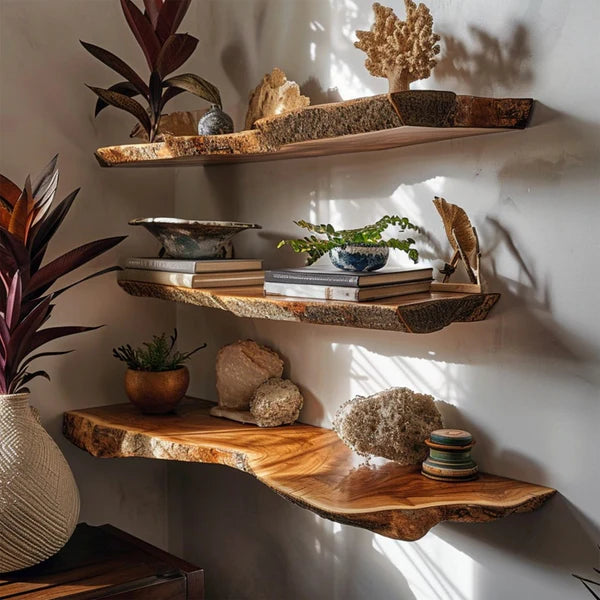
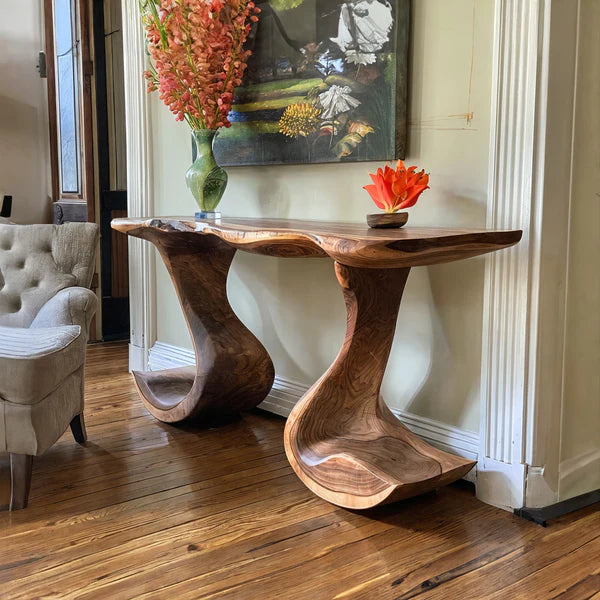
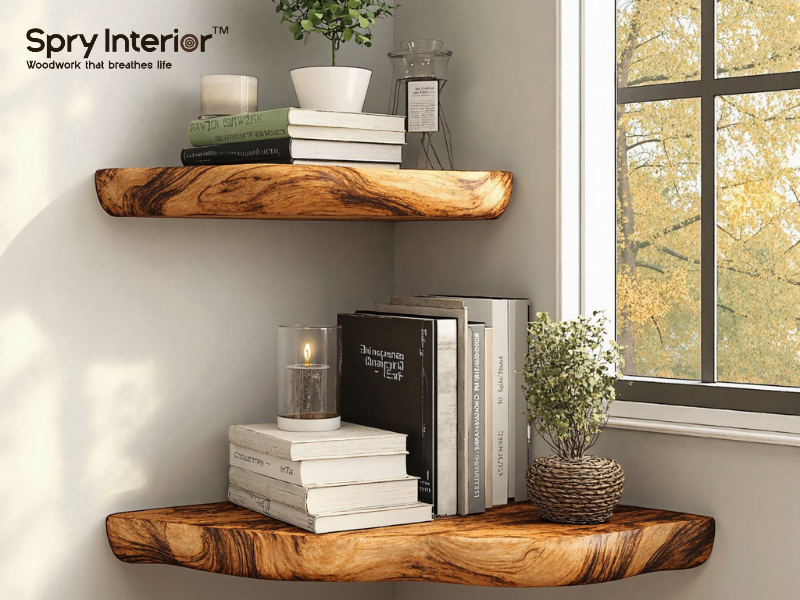
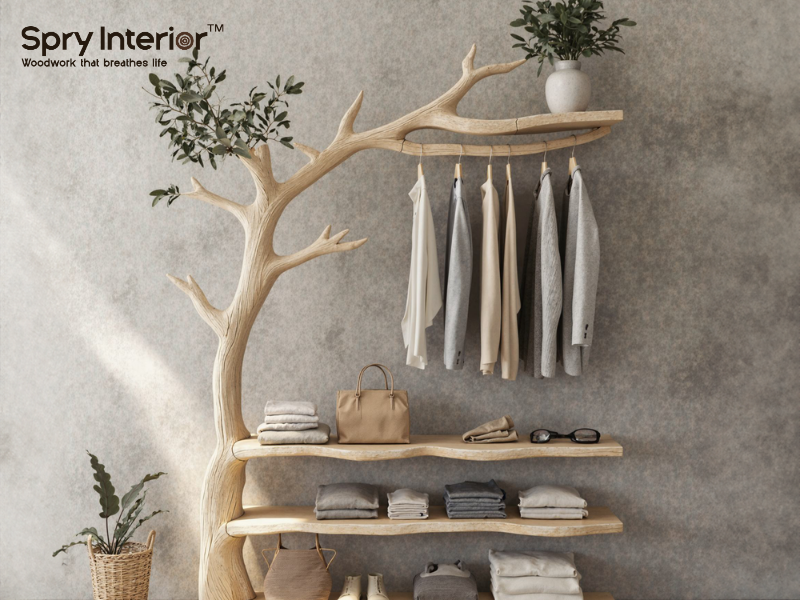
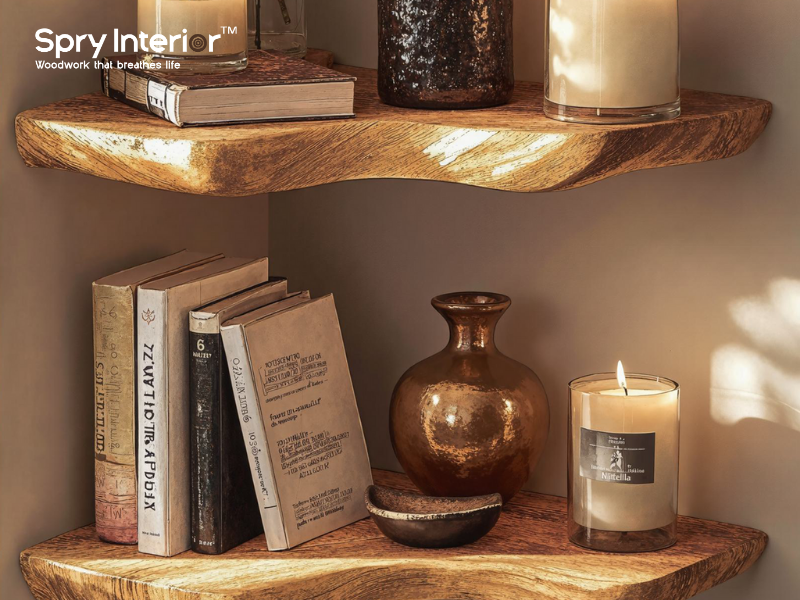
Leave a comment
This site is protected by hCaptcha and the hCaptcha Privacy Policy and Terms of Service apply.